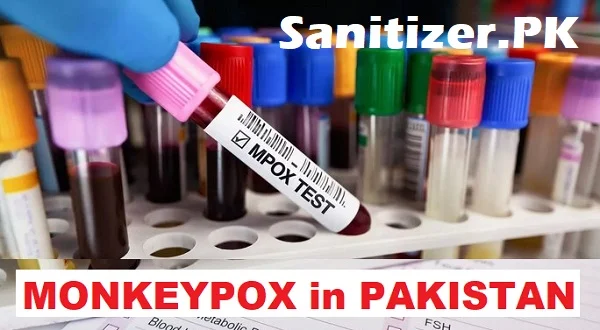Monkeypox, historically confined to Central and West Africa, is most commonly found in countries like the Democratic Republic of Congo and Nigeria. Recently, outbreaks have occurred in Europe, North America, and beyond, fueled by increased international travel and changing ecosystems, raising concerns about its global spread.
Monkeypox, a viral disease that has recently gained global attention, was once considered a rare illness confined to specific regions. However, as cases have surged beyond its historical confines, understanding where monkeypox is most commonly found has become crucial.
Monkeypox was first identified in the 1950s in monkeys kept for research, hence the name. The first human case was recorded in 1970 in the Democratic Republic of Congo (DRC). Historically, the virus has been endemic to Central and West Africa, particularly in countries like the Democratic Republic of Congo, which has reported the highest number of cases, with monkeypox becoming an established zoonotic disease in the region. Nigeria has also experienced significant outbreaks since 2017, signaling a resurgence of the virus in the country after nearly 40 years of absence. Additionally, countries like Cameroon, the Central African Republic, and Gabon have seen sporadic cases over the years, highlighting the broader distribution within the African continent. The virus thrives in tropical rainforests, where humans are more likely to come into contact with infected animals such as rodents, primates, or other wildlife that harbor the virus.
In recent years, monkeypox has transcended its traditional boundaries, with cases appearing in regions outside of Africa. This global spread has been facilitated by increased international travel, changing ecosystems, and possibly mutations in the virus itself. Key regions currently experiencing outbreaks include Europe, where in 2022, an unexpected outbreak of monkeypox occurred in multiple countries, including the United Kingdom, Spain, and Portugal. The rapid transmission of the virus in these regions, far from its African origins, raised concerns about new modes of transmission and the potential for global spread.
North America has also reported cases, primarily linked to travelers from affected regions or through direct contact with infected individuals. The U.S. Centers for Disease Control and Prevention (CDC) has been closely monitoring these cases and working on containment measures. Although less affected, there have been sporadic cases reported in regions like the Middle East and Southeast Asia, often linked to imported cases rather than local transmission.
The spread of monkeypox is influenced by several factors, including the presence of animal reservoirs. Monkeypox is a zoonotic disease, meaning it can be transmitted from animals to humans. The presence of animal reservoirs, particularly in tropical regions, plays a crucial role in the virus’s persistence and spread. Human behavior also contributes, as people move from rural to urban areas or travel internationally, the chances of spreading the virus increase. Cultural practices, such as hunting and consumption of bushmeat, contribute to the spread in endemic regions. Additionally, regions with limited healthcare infrastructure may struggle to contain outbreaks, leading to wider transmission. The ability to quickly identify and isolate cases is critical in preventing the spread of the virus.
Monkeypox, once confined to the rainforests of Central and West Africa, has now made its presence felt on the global stage. While the highest number of cases is still reported in Africa, particularly the DRC and Nigeria, the virus has demonstrated its ability to cross borders, with outbreaks in Europe, North America, and beyond. Awareness, surveillance, and swift public health responses are essential in containing monkeypox, especially in regions where the virus is newly emerging. As global connectivity increases, so does the importance of understanding and monitoring diseases like monkeypox to prevent future outbreaks.

